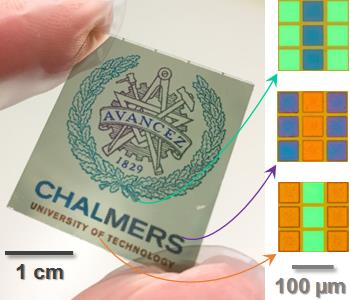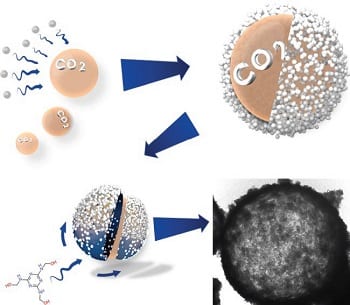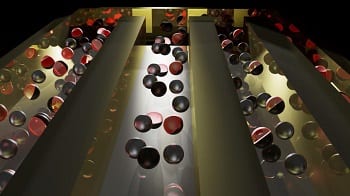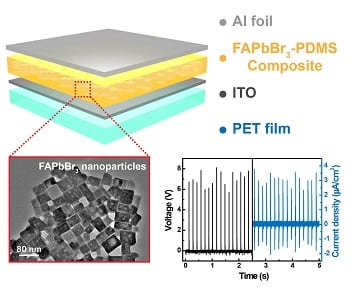Researchers from Chalmers University of Technology have shown that so called plasmonic metasurfaces, ultrathin nanostructured solid materials, can be used for reflective color displays if functionalized with conductive polymers.



Researchers from Chalmers University of Technology have shown that so called plasmonic metasurfaces, ultrathin nanostructured solid materials, can be used for reflective color displays if functionalized with conductive polymers.
Key issues and frontiers will be the two keywords of the first Nanophotonics and Micro/Nano Optics International Conference.

A new facile method has been developed where in situ generated CO2 gas bubbles are encapsulated in a nanoparticle stabilized emulsion.

Professor Xiaogang Qu’s team engineered an artificial metalloenzyme for efficient and friendly ERT of hyperuricemia.

A particularly intriguing terahertz modulator has been created by Dr. Tianlong Wen, Prof. Qiye Wen and their colleagues.

This fuel-free fish-like deformable nanoswimmer is expected to advance rapidly towards practical biomedical applications.

Levkin and co-workers developed an advanced version of cell microarrays by creating patterns of superhydrophilic spots separated by superhydrophobic borders on a surface.

Recently, Prof. Jianhua Hao’s group from the Hong Kong Polytechnic University introduced a hydrogel-based triboelectric nanogenerator (Hydrogel-TENG).

Self-propelled Janus particles, acting as microscopic vehicles, have the potential of performing complex tasks on a microscopic scale.

Ding and colleagues have fabricated a hybrid piezoelectric nanogenerator based on a composite of piezoelectric formamidinium lead halide perovskite (FAPbBr3) nanoparticles and polydimethylsiloxane (PDMS) polymer.